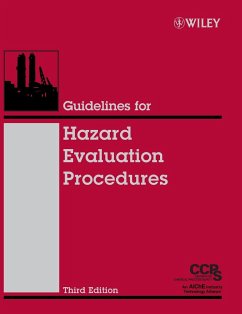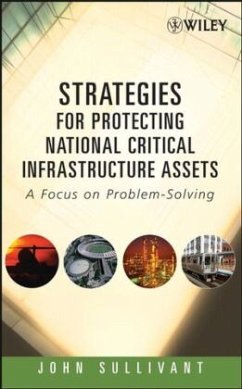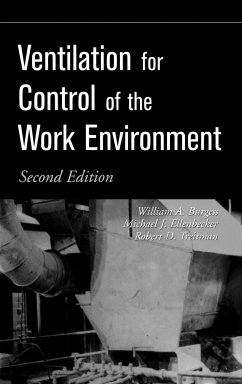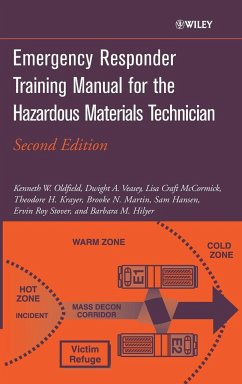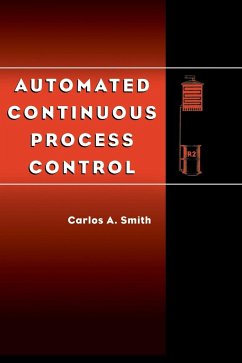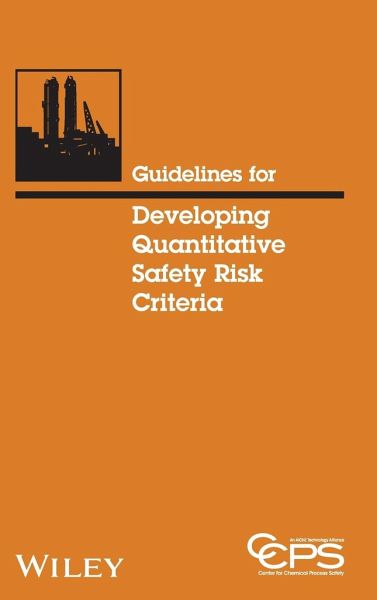
Guidelines for Developing Quantitative Safety Risk Criteria

PAYBACK Punkte
62 °P sammeln!
Written by a committee of safety professionals, this book creates a foundation document for the development and application of risk tolerance criteria Helps safety managers evaluate the frequency, severity and consequence of human injury Includes examples of risk tolerance criteria used by NASA, Earthquake Response teams and the International Maritime Organization, amongst others Helps achieve consistency in risk based decision making Reduces potential liabilities in the use of quantitative risk tolerance criteria through reference to an industry guidance document





